Rawin Assabumrungrat
Error Analysis of Option Pricing via Deep PDE Solvers: Empirical Study
Nov 13, 2023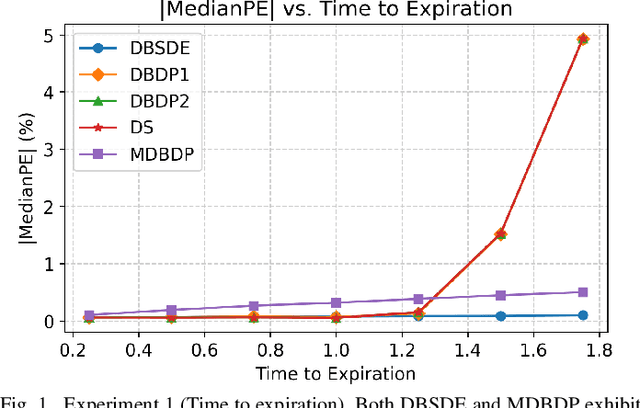
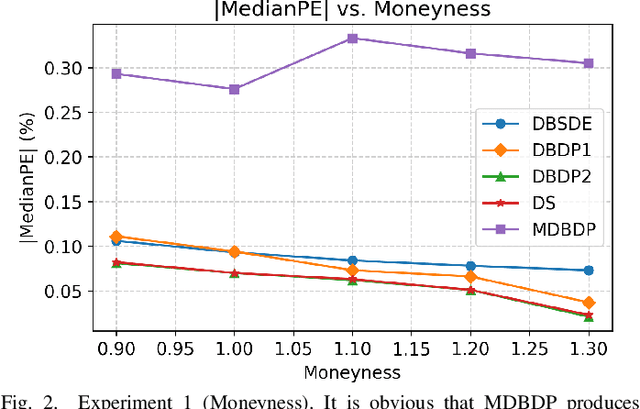
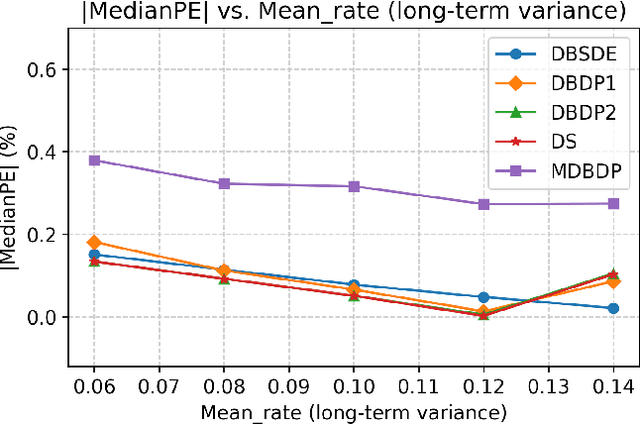
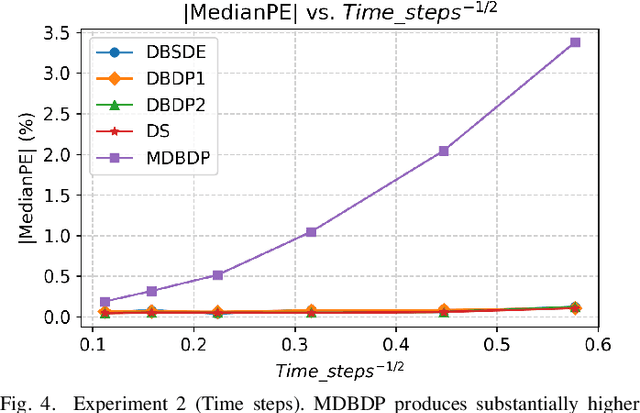
Abstract:Option pricing, a fundamental problem in finance, often requires solving non-linear partial differential equations (PDEs). When dealing with multi-asset options, such as rainbow options, these PDEs become high-dimensional, leading to challenges posed by the curse of dimensionality. While deep learning-based PDE solvers have recently emerged as scalable solutions to this high-dimensional problem, their empirical and quantitative accuracy remains not well-understood, hindering their real-world applicability. In this study, we aimed to offer actionable insights into the utility of Deep PDE solvers for practical option pricing implementation. Through comparative experiments, we assessed the empirical performance of these solvers in high-dimensional contexts. Our investigation identified three primary sources of errors in Deep PDE solvers: (i) errors inherent in the specifications of the target option and underlying assets, (ii) errors originating from the asset model simulation methods, and (iii) errors stemming from the neural network training. Through ablation studies, we evaluated the individual impact of each error source. Our results indicate that the Deep BSDE method (DBSDE) is superior in performance and exhibits robustness against variations in option specifications. In contrast, some other methods are overly sensitive to option specifications, such as time to expiration. We also find that the performance of these methods improves inversely proportional to the square root of batch size and the number of time steps. This observation can aid in estimating computational resources for achieving desired accuracies with Deep PDE solvers.
Revealing Preference in Popular Music Through Familiarity and Brain Response
Jan 30, 2021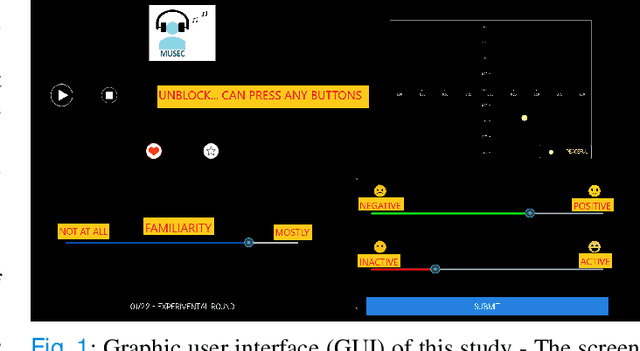
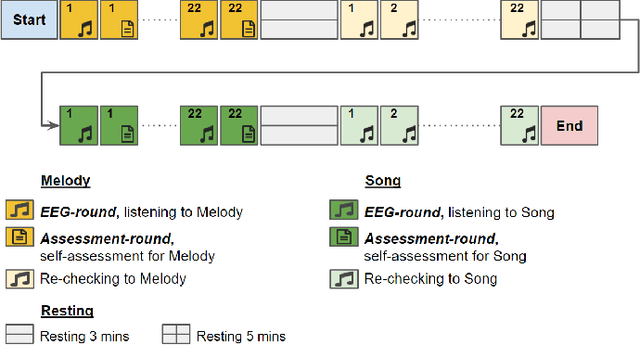
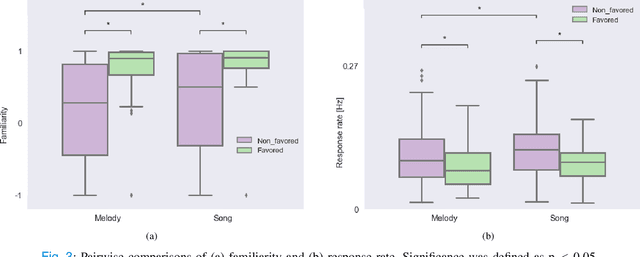
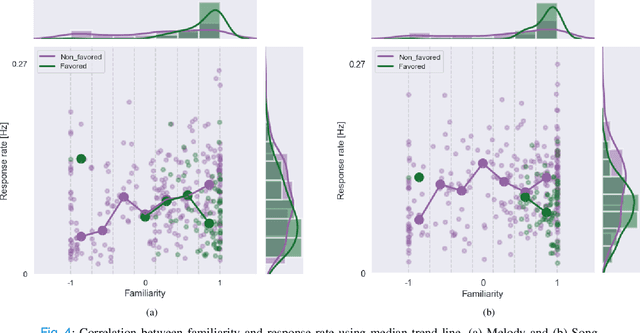
Abstract:Music preference was reported as a factor, which could elicit innermost music emotion, entailing accurate ground-truth data and music therapy efficiency. This study executes statistical analysis to investigate the distinction of music preference through familiarity scores, response times (response rates), and brain response (EEG). Twenty participants did self-assessment after listening to two types of popular music's chorus section: music without lyrics (Melody) and music with lyrics (Song). We then conduct a music preference classification using a support vector machine (SVM) with the familiarity scores, the response rates, and EEG as the feature vectors. The statistical analysis and SVM's F1-score of EEG are congruent, which is the brain's right side outperformed its left side in classification performance. Finally, these behavioral and brain studies support that preference, familiarity, and response rates can contribute to the music emotion experiment's design to understand music, emotion, and listener. Not only to the music industry, the biomedical, and healthcare industry can also exploit this experiment to collect data from patients to improve the efficiency of healing by music.
 Add to Chrome
Add to Chrome Add to Firefox
Add to Firefox Add to Edge
Add to Edge